Podcast-style conversations are a great way to think about a problem space, tell stories and help others imagine it. Seeing the terminal, browser and/or code editor takes the experience to a whole new level. Without it, the key AHA! moments never happen, and our best work continues in private, without others being able to see it & learn from it.
Even if anyone could record their screen, and then share the recording, it's too much work & not fun enough to be sustainable for more than a few months. At least that was my experience back in 2020.
A conversation with someone seasoned that prepares the guest(s), guides them through the process, and then takes care of the professional editing in a way that captures the best parts of the story, makes all the difference.
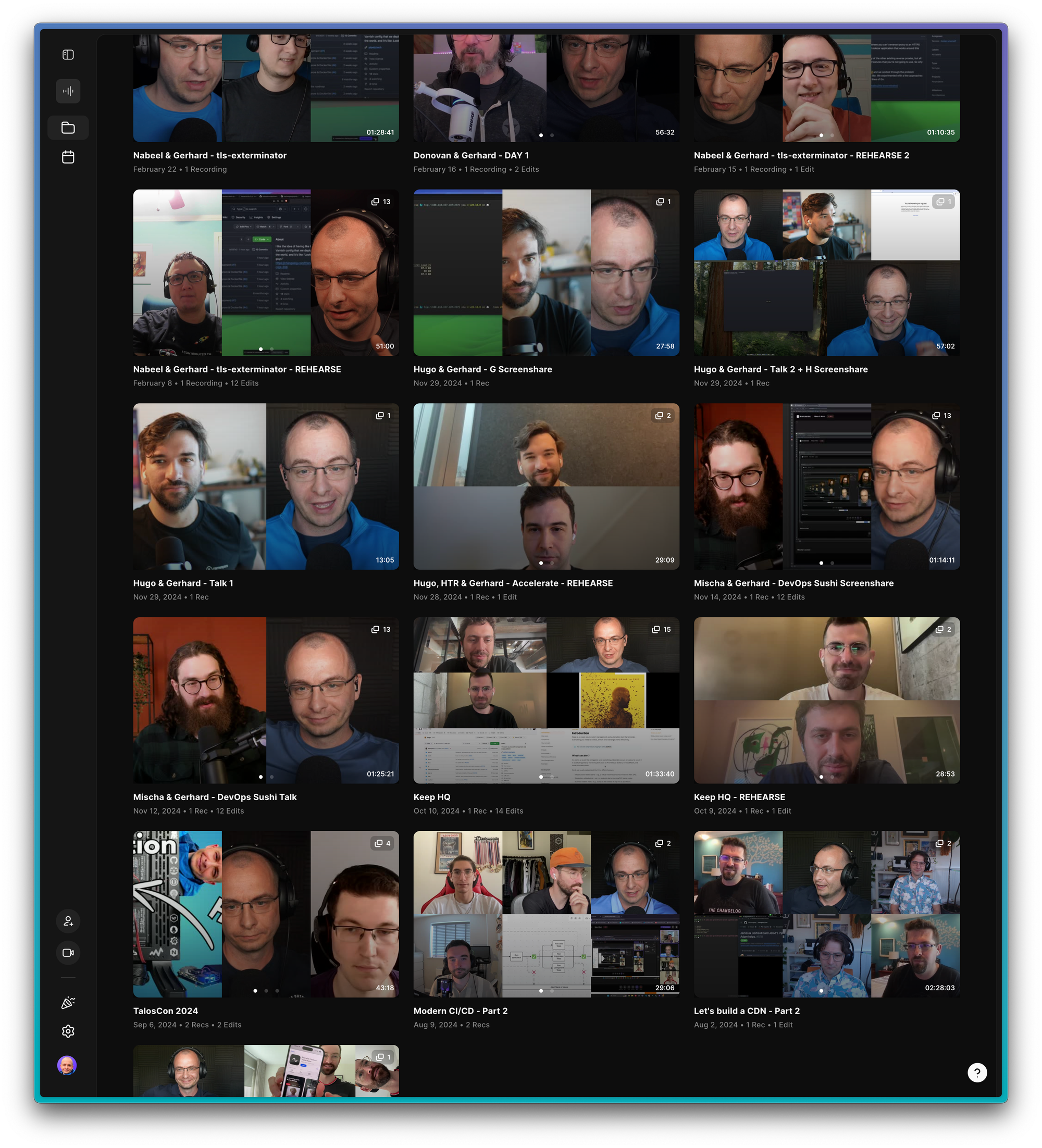
That is the premise on which Make it Work kicked off on February 29th, 2024. If you read how the first three (3) months went, you already know about all the tangents, WTF moments and initial learnings.
Today, on the first year anniversary, I want to share how the following nine (9) months went: the lows & highs, the key take aways, and a glimpse into what is in stock for the second year of this 20 years-long project.
What is it?
Make it Work is a library of videos for software infrastructure nerds. They all start as conversations with tech professionals that are dedicating part of their life to a cause that is bigger than themselves. Some are on an adventure to modernise CI/CD, others went deep into the IRM space and are now tackling AIOps, while others see the Art of Sushi in DevOps. The list goes on, and each month, a new video gets published:
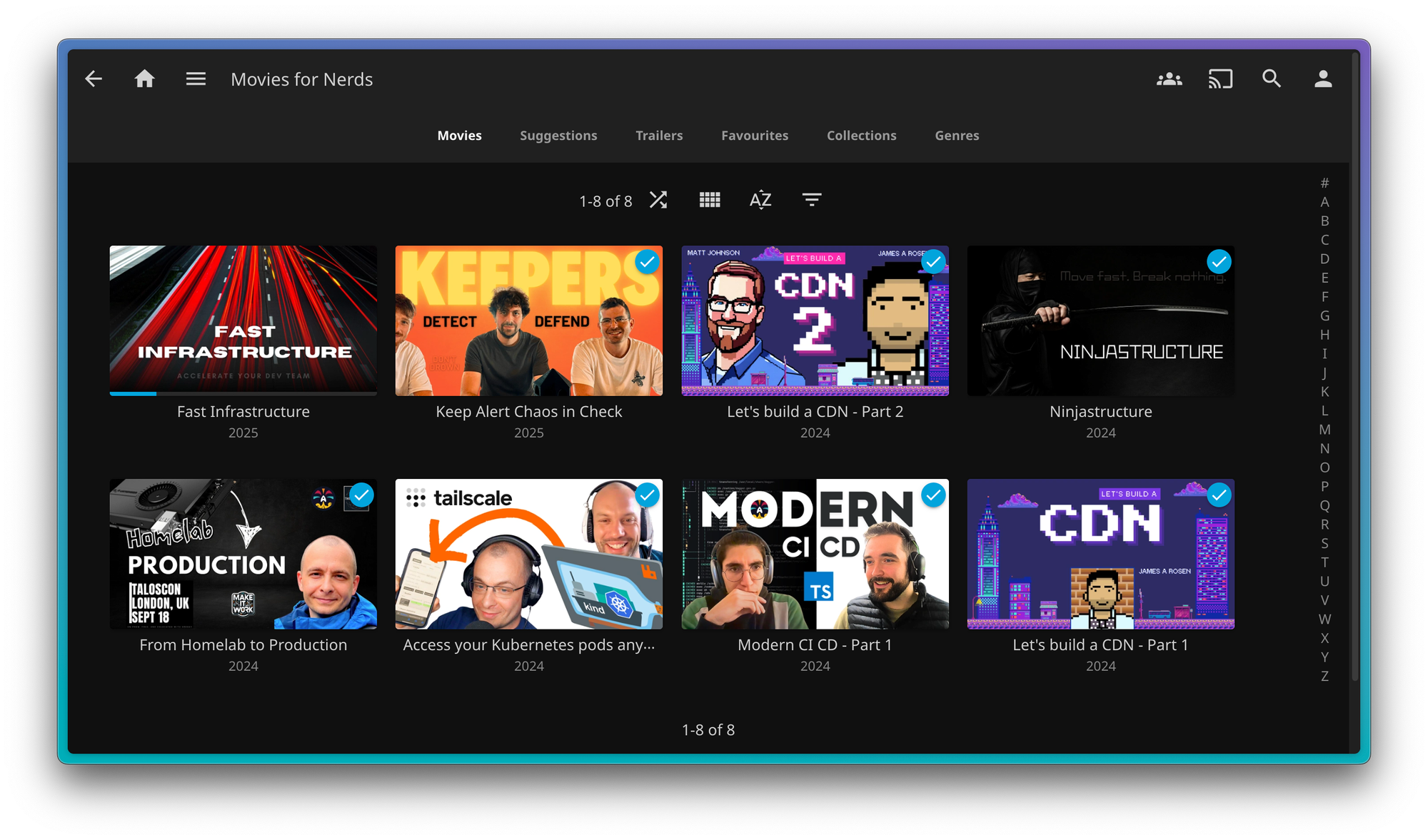
These videos are snapshots of efforts that span decades and involve many other people. We talk, but also show how it all comes together. It is impossible to capture the essence of what we do without sharing our screens and going through the details together, sometimes in a pair-programming approach.
The parts where we screen share become one (or more) YouTube videos. The conversational parts become a podcast episode. All of these are free and, so far, have not been sponsored. A year later, this still feels the right approach for a simple reason: I don't like ads or sponsored segments.
The whole conversation, from start to finish, is captured as a video, usually just over 1h long. It's the director's cut, with lots of attention to detail. The process takes months and this is what one such final result looks like:
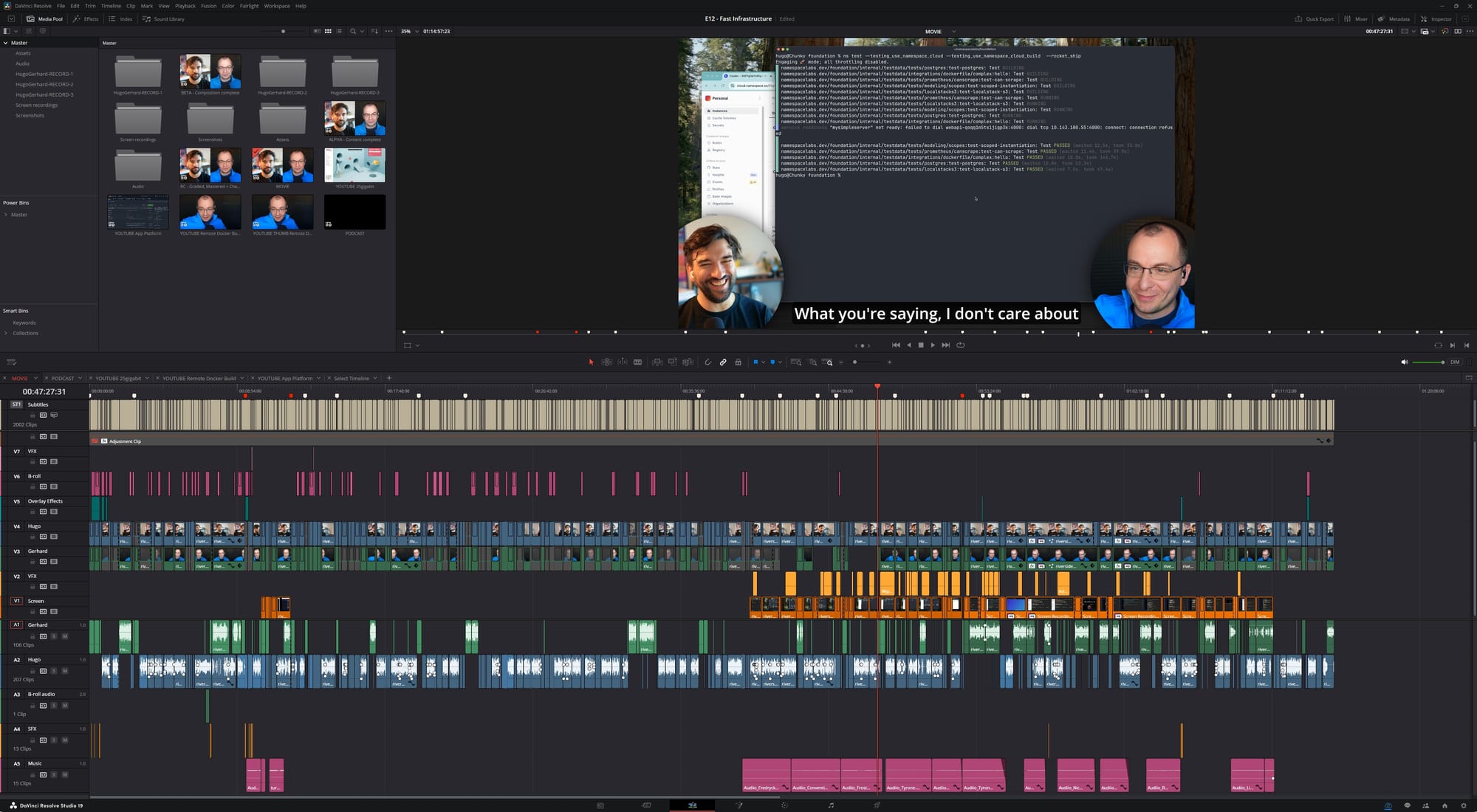
The Lows
Conversations recorded in November ship in February. While the process is mostly figured out (there are the Alpha, Beta, RC & Final stages), and even though I am consistent with the effort, some weeks are just tough.
DaVinci Resolve Studio
More often than not, I fight with the software. New versions break plugins. Exporting stops working. Perhaps it's the OS update, or the latest GPU drivers. Either way, the software stack is far from stable, and with each video I hit new issues. I'm mostly learning what not to do, and they are all valuable lessons.
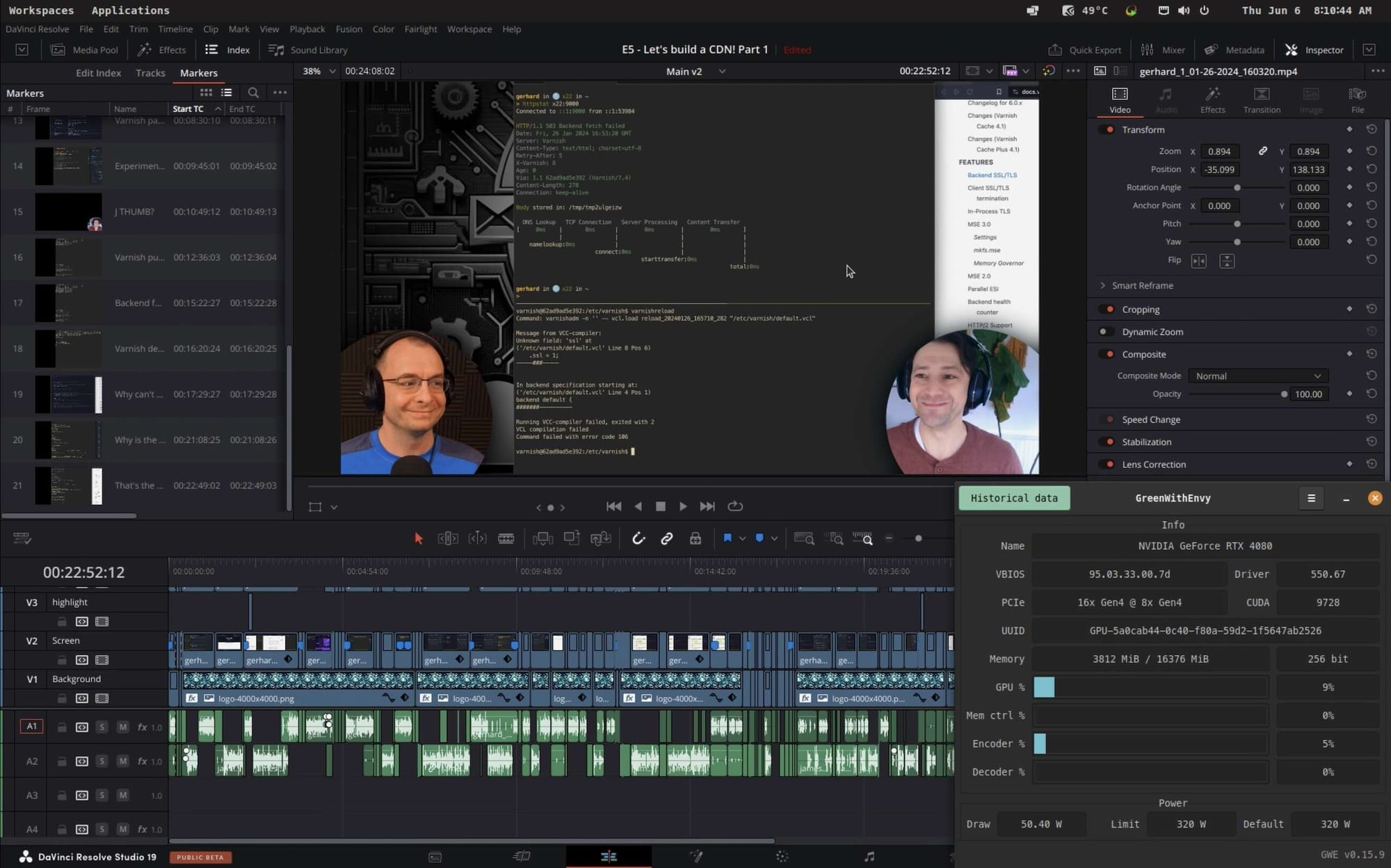
👆In mid-2024, I started editing on Pop!_OS 22.04. After a few months, I experienced daily DaVinci Resolve Studio 19 crashes & freezes on this Linux distribution. Technically, the only officially supported Linux distribution is Rocky Linux, so some would say I was using it wrong. Instead of switching to Rocky, and still needing to deal with codecs that are not fully supported on Linux (e.g. AV1 or MP3), I gave Windows a try. BIG MISTAKE! 🤦♂️
Windows
All the reasons for which I have been avoiding Windows for decades came rushing back:
- complicated menus, hidden settings & bloat everywhere
- constantly nagging system updates that, when applied, made the OS worse
- e.g. resume from sleep stopped working a few system updates ago
- the OS froze multiple times when using NVIDIA ShadowPlay - maybe related to a system update, or the latest NVIDIA driver update 🤷🏼♂️
- a constant push towards Microsoft services that I do not want or need - I am so exhausted to keep saying NO to Copilot, Office 365 & OneDrive 😣
If I had to do this all over again, I would have bought a Mac Studio Ultra and saved myself months of misery. While the RTX 4090 is an absolute beast of a GPU, and I love using it with DaVinci Resolve Studio, Windows remains the dumpster fire that it always was. 🚛 🔥
Disks
SSDs fail. While Samsung's return process is excellent, and my backups have backups, some mistakes are hardware fatal.
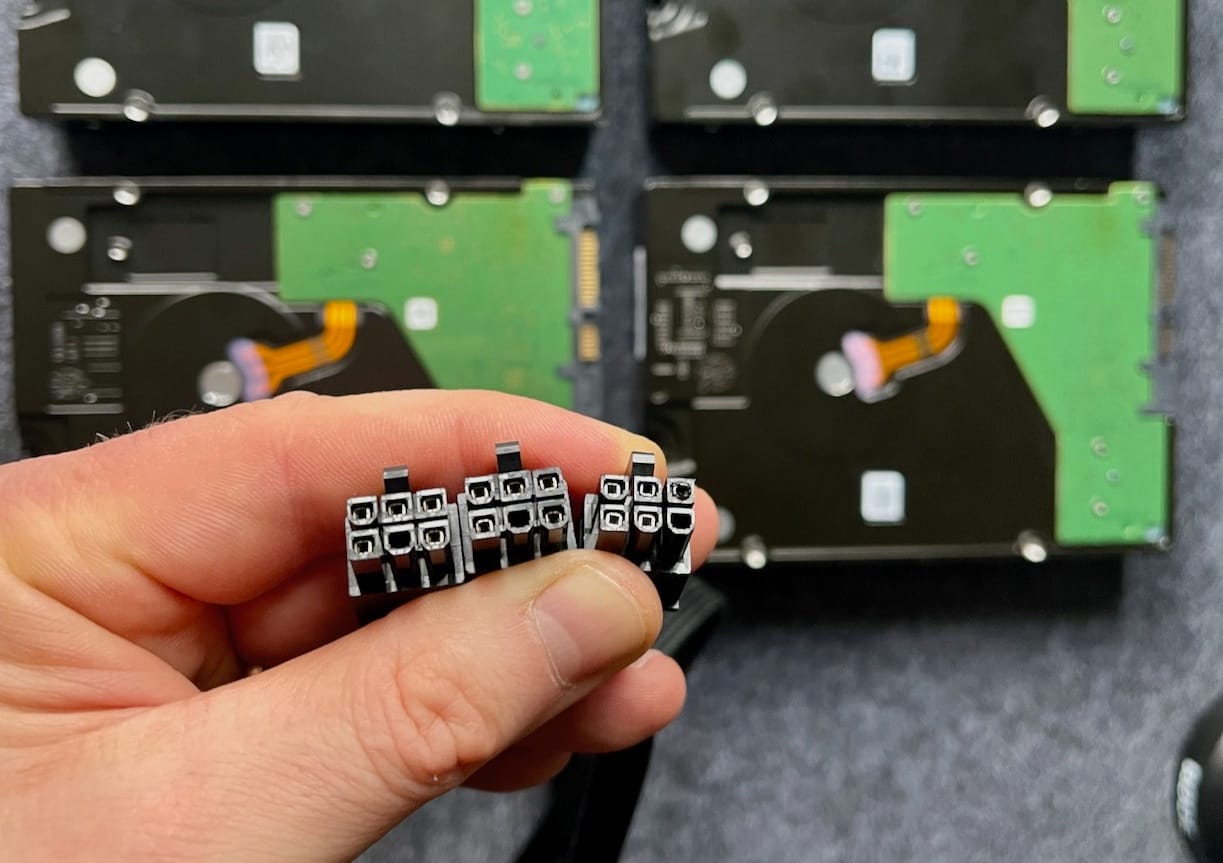
An entire pool of 4 x 8TB HDDs (my cold backup) was lost forever because of a SATA power cable that had a pin in the wrong place. All disk controllers burnt to a crisp. Yes, it stunk! Can you spot the burnt pin in the picture above?
When all was done, I was super happy with the end-result: 1TB NVMe L2ARC + 2 x 10TB + 2 x 16TB HDD pool for cold content, as well as a separate 5 x 4TB SSD pool for hot content. Combined with 10GbE networking & Intel Quick Sync, it's the media creator's dream NAS (network rack cabling is still a work in progress):
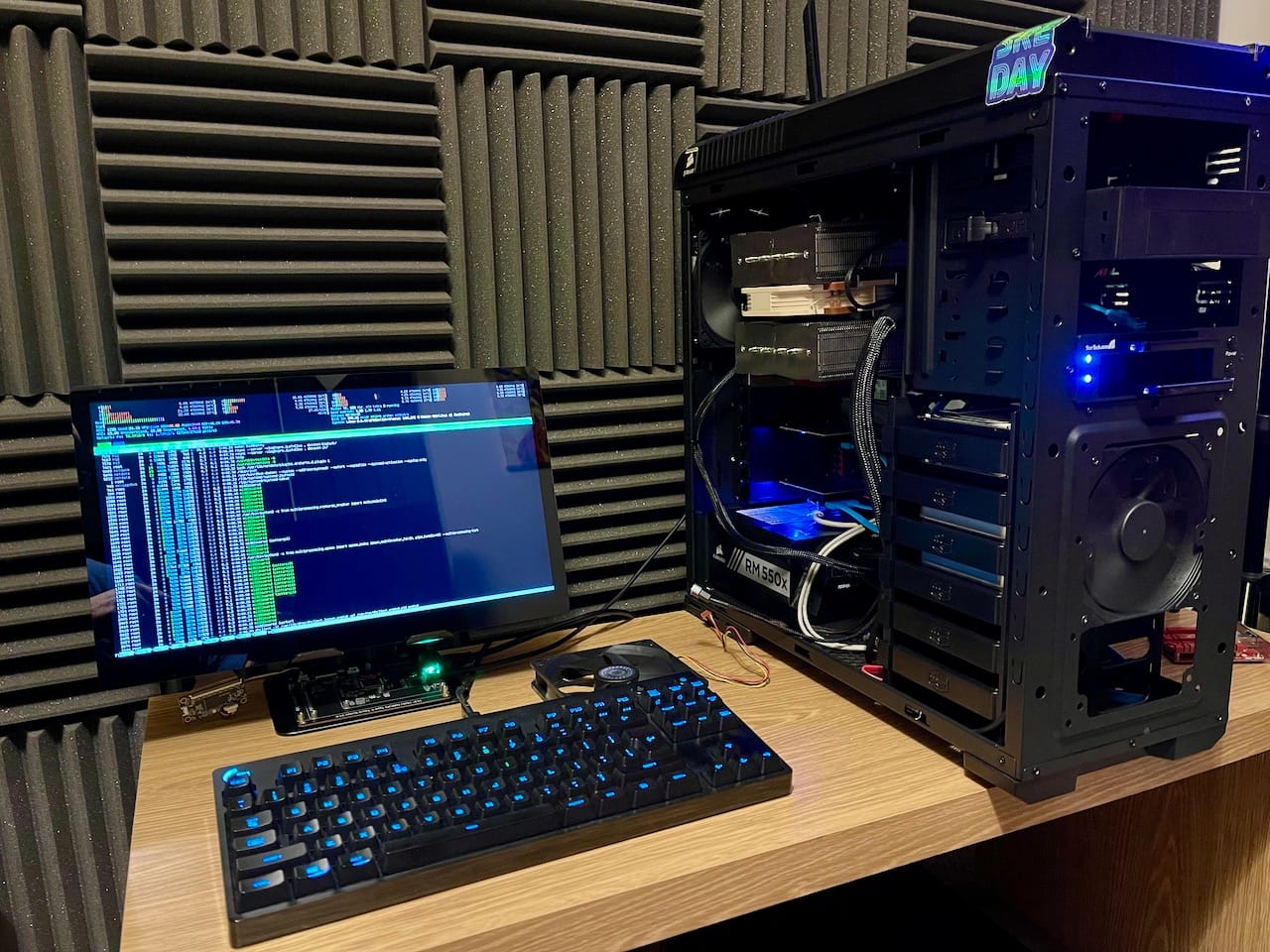
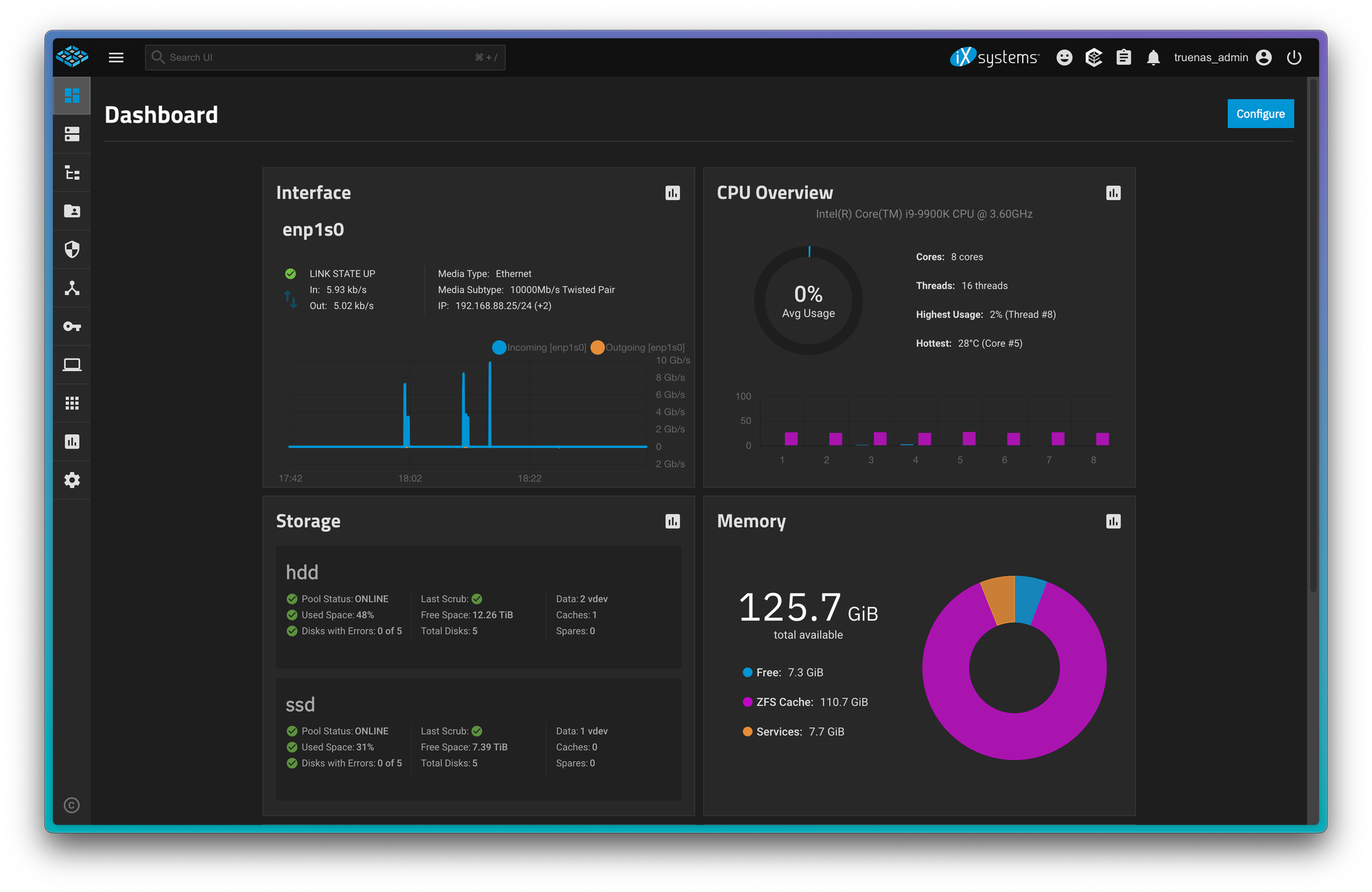
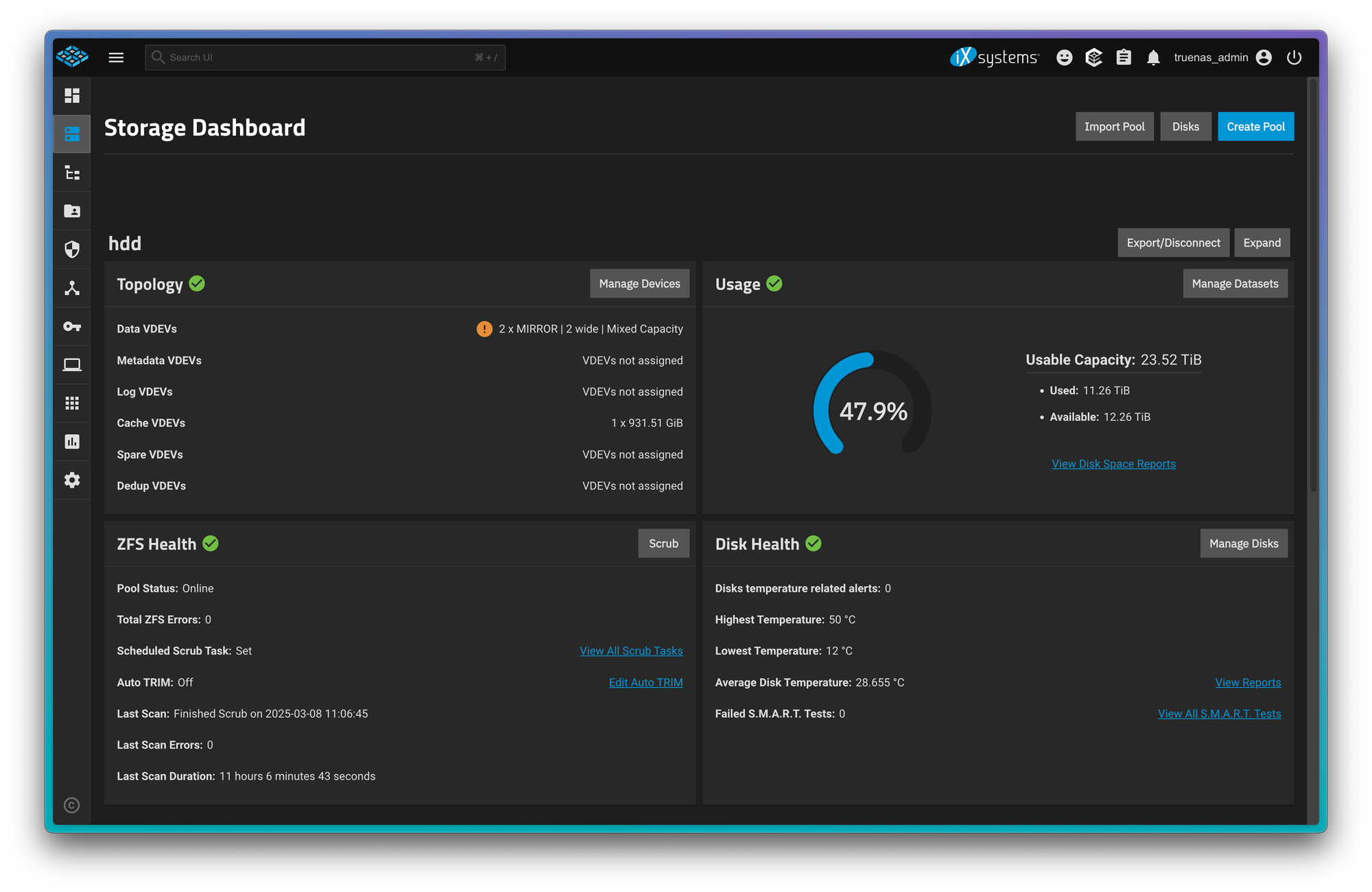
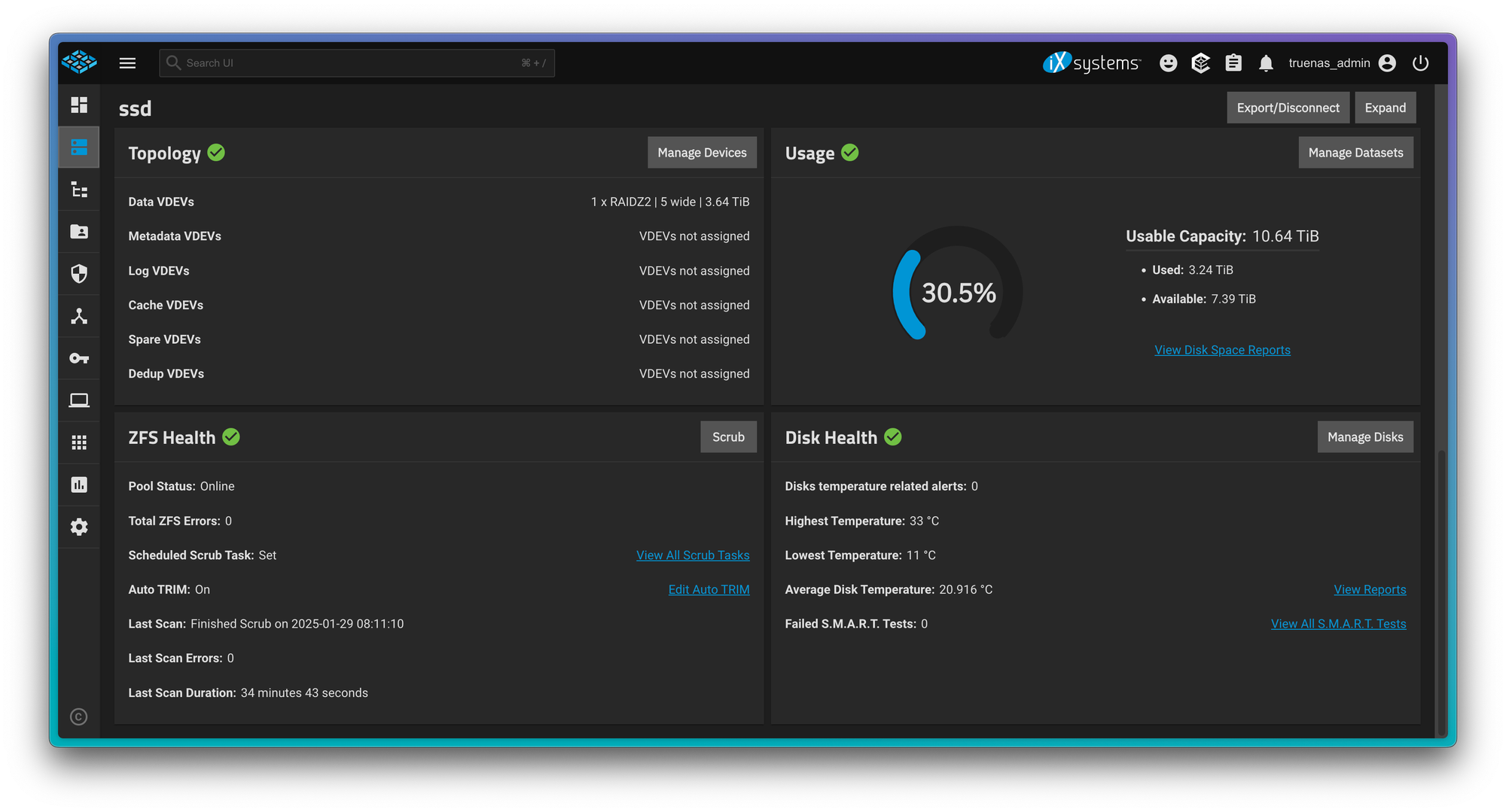
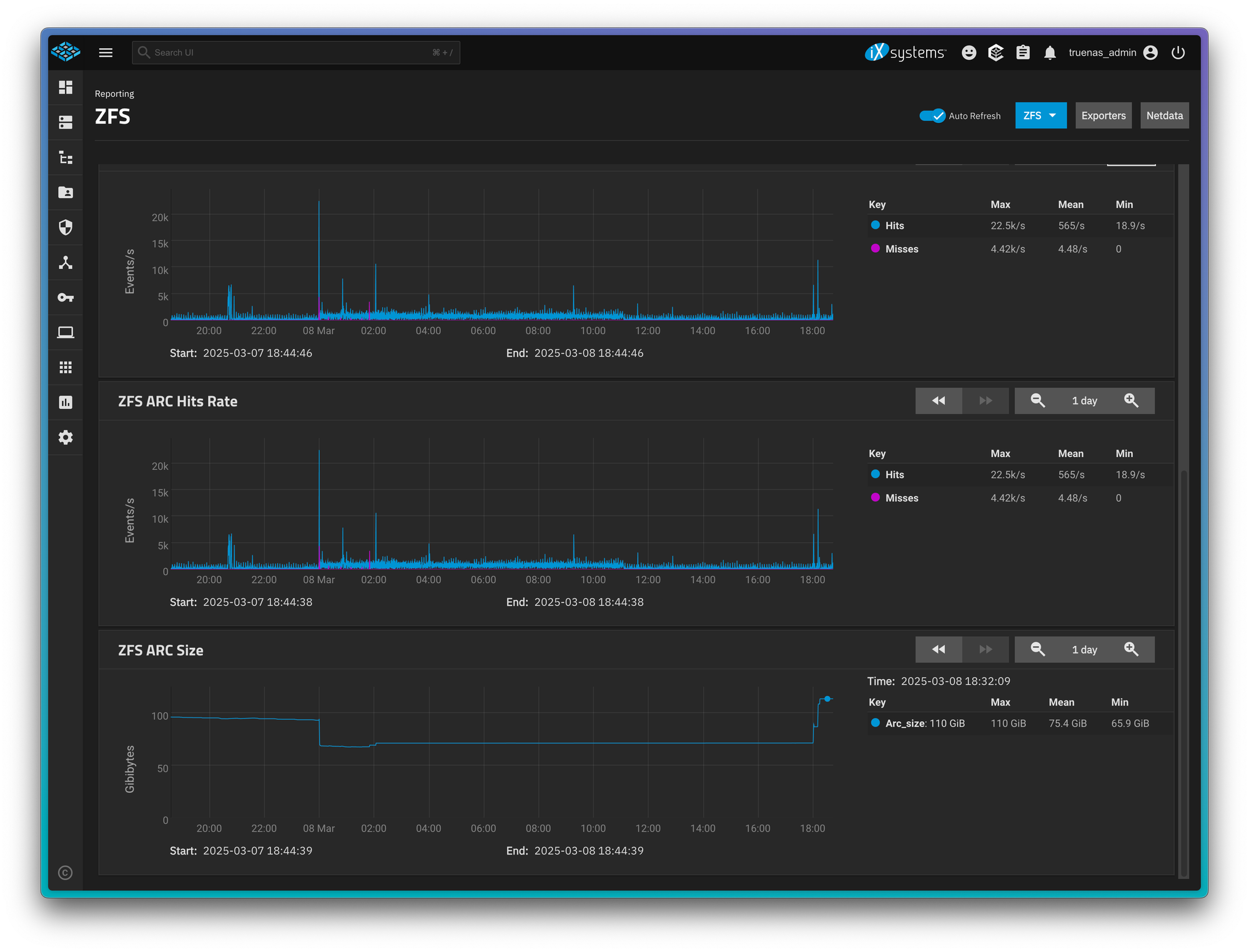
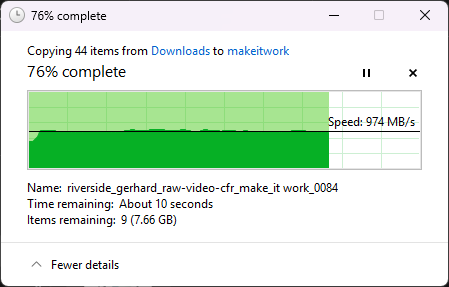
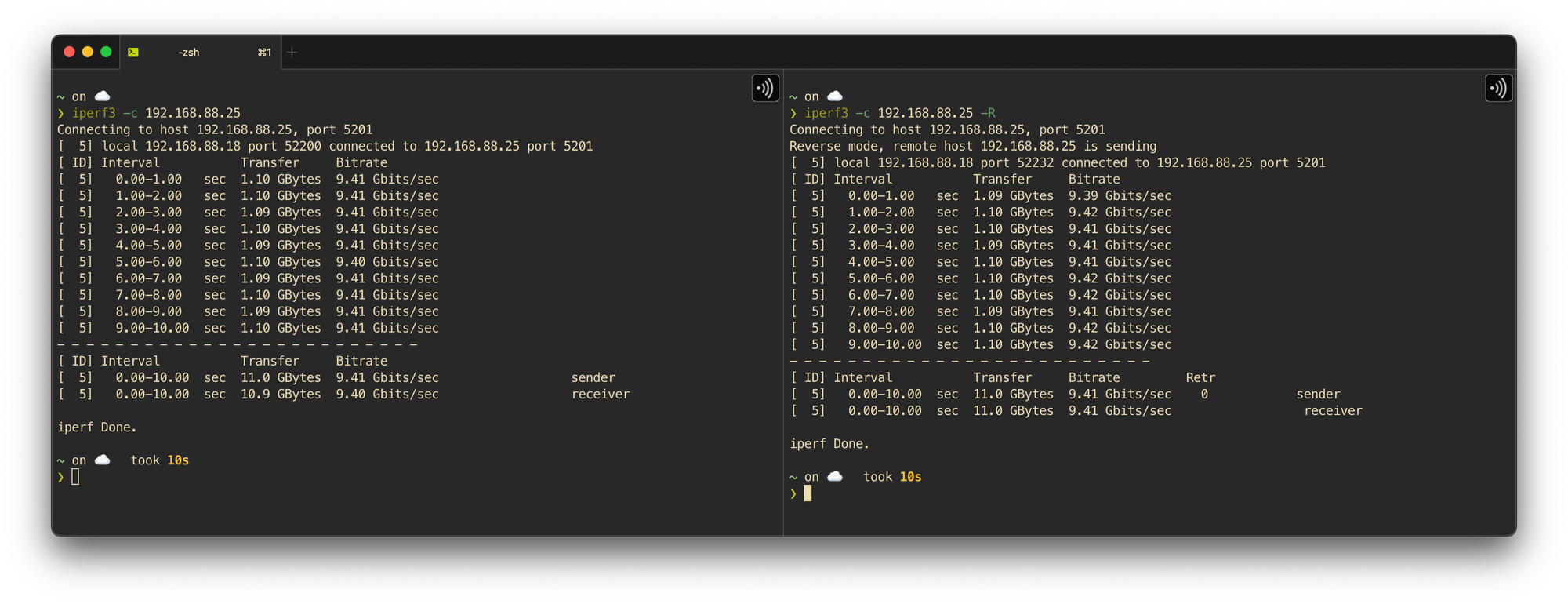
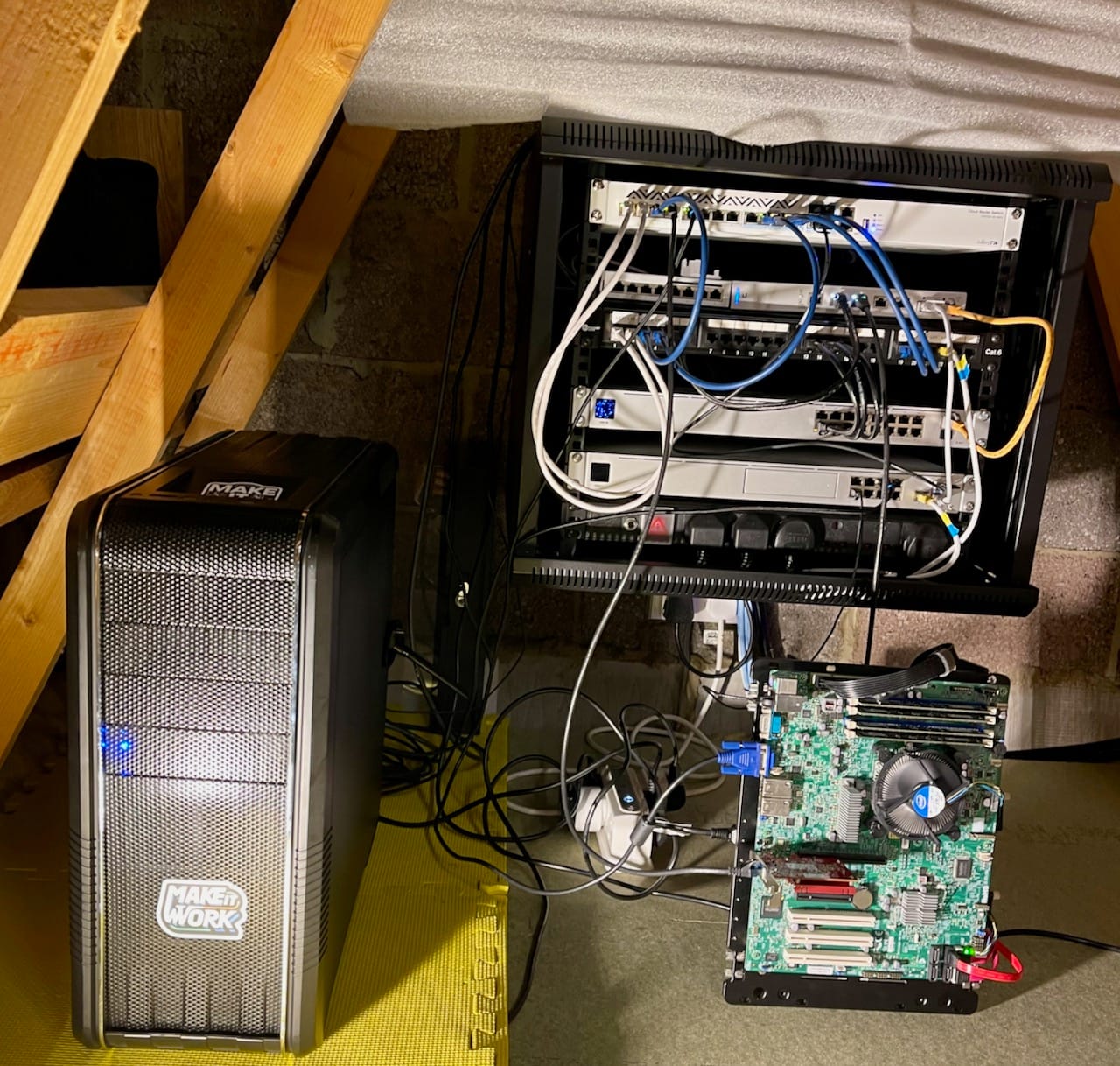
The Highs
Out of all the highs from the first year of Make it Work, my favourite one is this new website. It's a great home for all content: YouTube video embeds, Transistor podcast embeds & even CDN video embeds!
Those of you that like this type of content, and want to invest in it - because there are no ads! - can now join via the website and either watch the full-length videos straight from the website as CDN videos, or directly from the Jellyfin media server.

Ghost
This is something that I wanted to do from the start, and it took me a good few months to get everything in place (on top of all the recording, editing & publishing). 🙏 Special thanks to Matias for talking about his new blog, and reminding me of the web publishing app that I stumbled across many years ago, never made the time to take a proper look at, and eventually forgot about it. Matias reminded me just how awesome Ghost really is!
Here is a point-in-time snapshot for the Ghost-powered Make it Work admin area for all the videos that have been published to date - including this post!
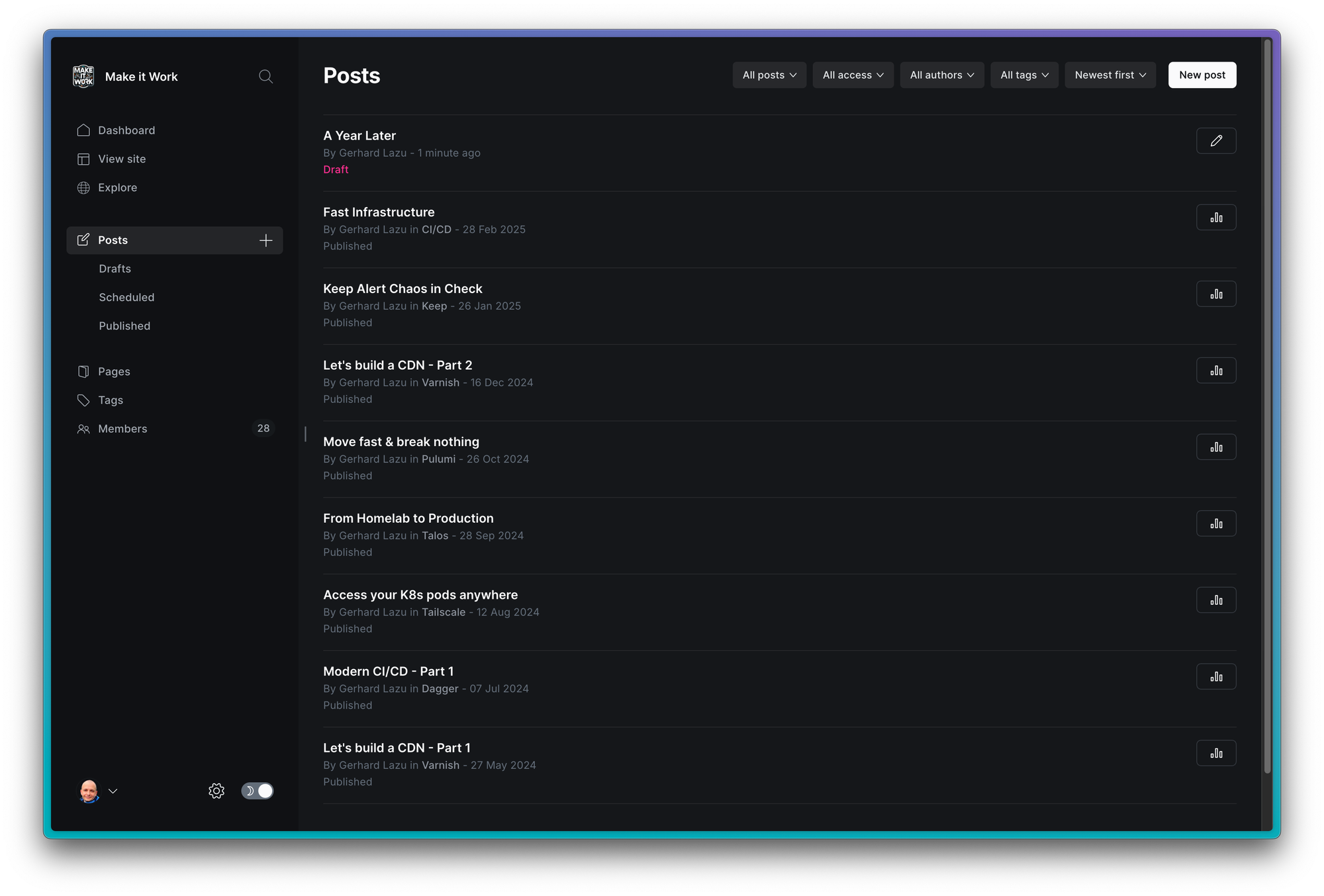
Membership is one of the core features of Ghost. This makes it a great way to capture more value for viewers & listeners that really enjoy this content and want to see it grow by investing in it. 🙏 Thank you to everyone that did just that!

20 Years of Content
While ads & sponsored segments are always an option, I really want to make the content be the product, invest in professional grade production, and build this into a 20-years library of content that one day, everyone who participates will be able to look back and say: I helped build that.
Startups come & go. Entire codebases get scrapped. The cutting-edge becomes legacy, and eventually a liability. But the stories remain, and the key take aways only become more valuable as the years go by. While most of them will be lost to time, a few will continue delighting future generations of software engineers:
My secret wish is that 20 years from now, at least one of the Make it Work videos will be as meaningful to others, as the Erlang Movie was to me.
Jellyfin
As great as the new makeitwork.tv website is, especially the part where anyone can invest in the content, the twist is jellyfin.makeitwork.tv. This serves the media directly, from my homelab, via the CDN, all of your Jellyfin clients.
I want to share something that only a few know: this LattePanda Sigma IS the Jellyfin media server. It is the same single board server the size of a iPhone that I talked about at TalosCon 2024 - From Homelab to Production.
Yes, this is crazy idea that actually works!
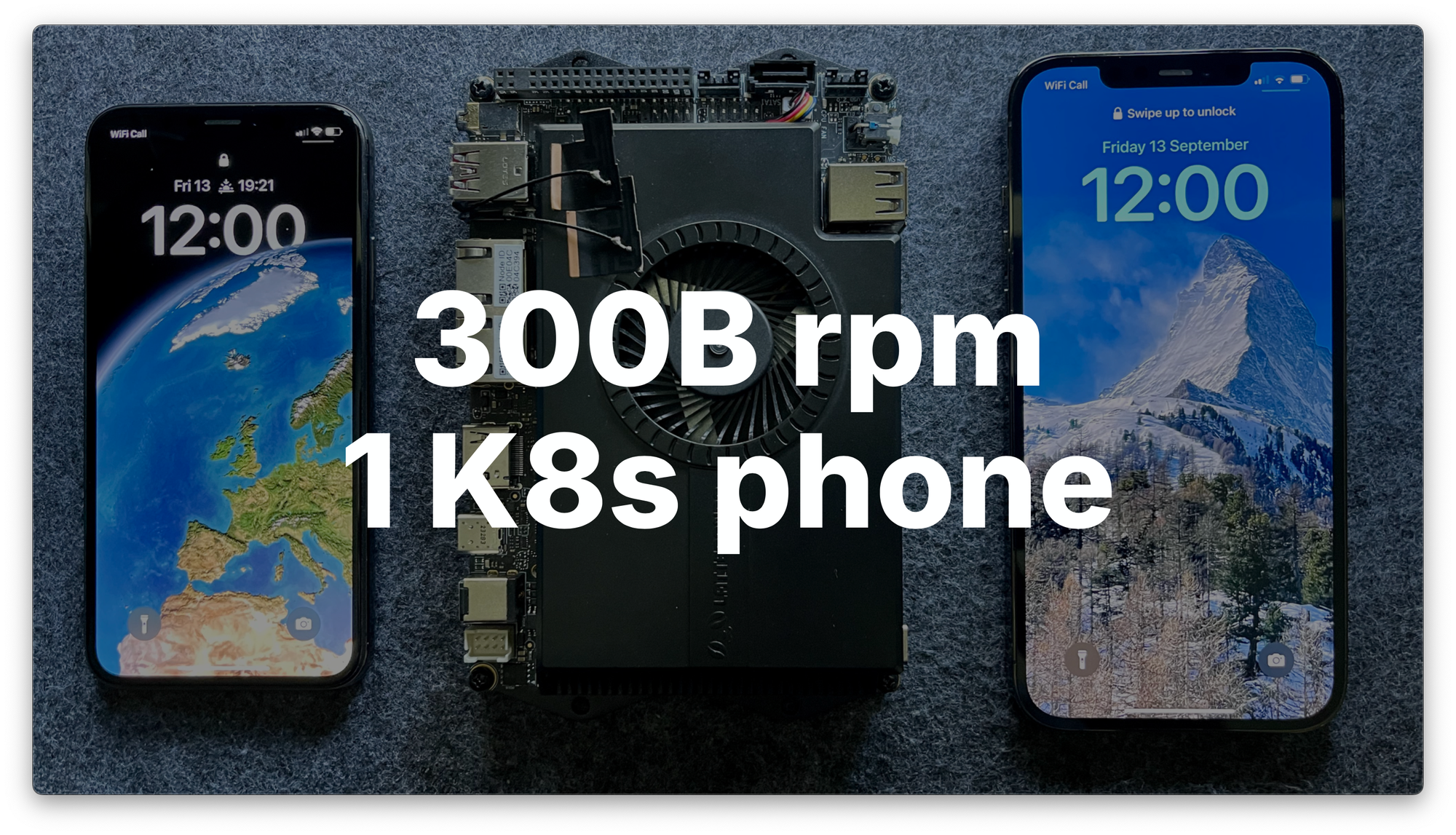
While I am working on a redundant setup - because of my Two of Everything™ rule - this little server the size of a smartphone, with its built-in Intel Iris Xe Graphics chip (meaning video hardware encoding), 4TB NVMe & 2.5GbE is more than capable of streaming all the 4K Make it Work videos, including all the offline downloads that members have the option of storing on their own devices:

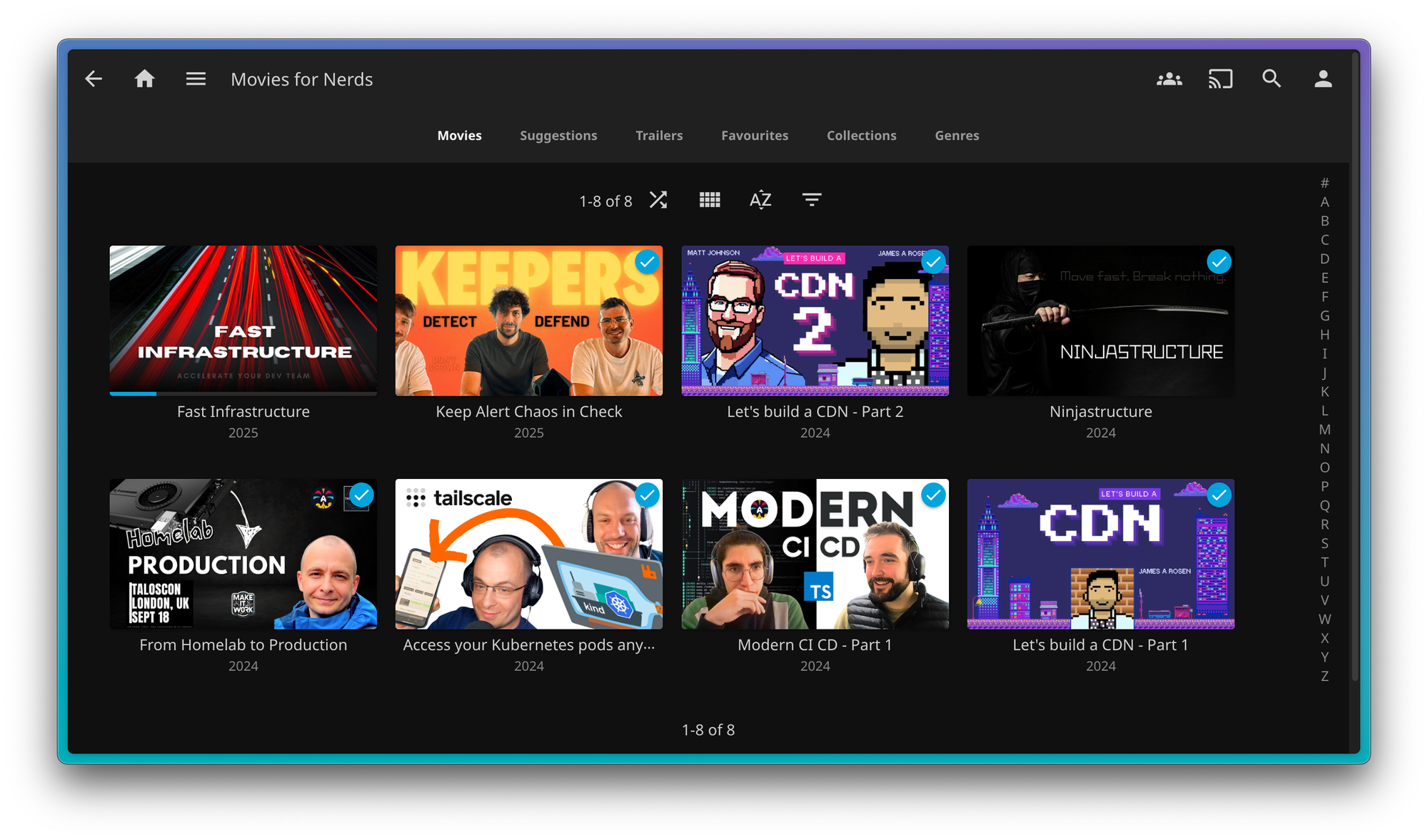
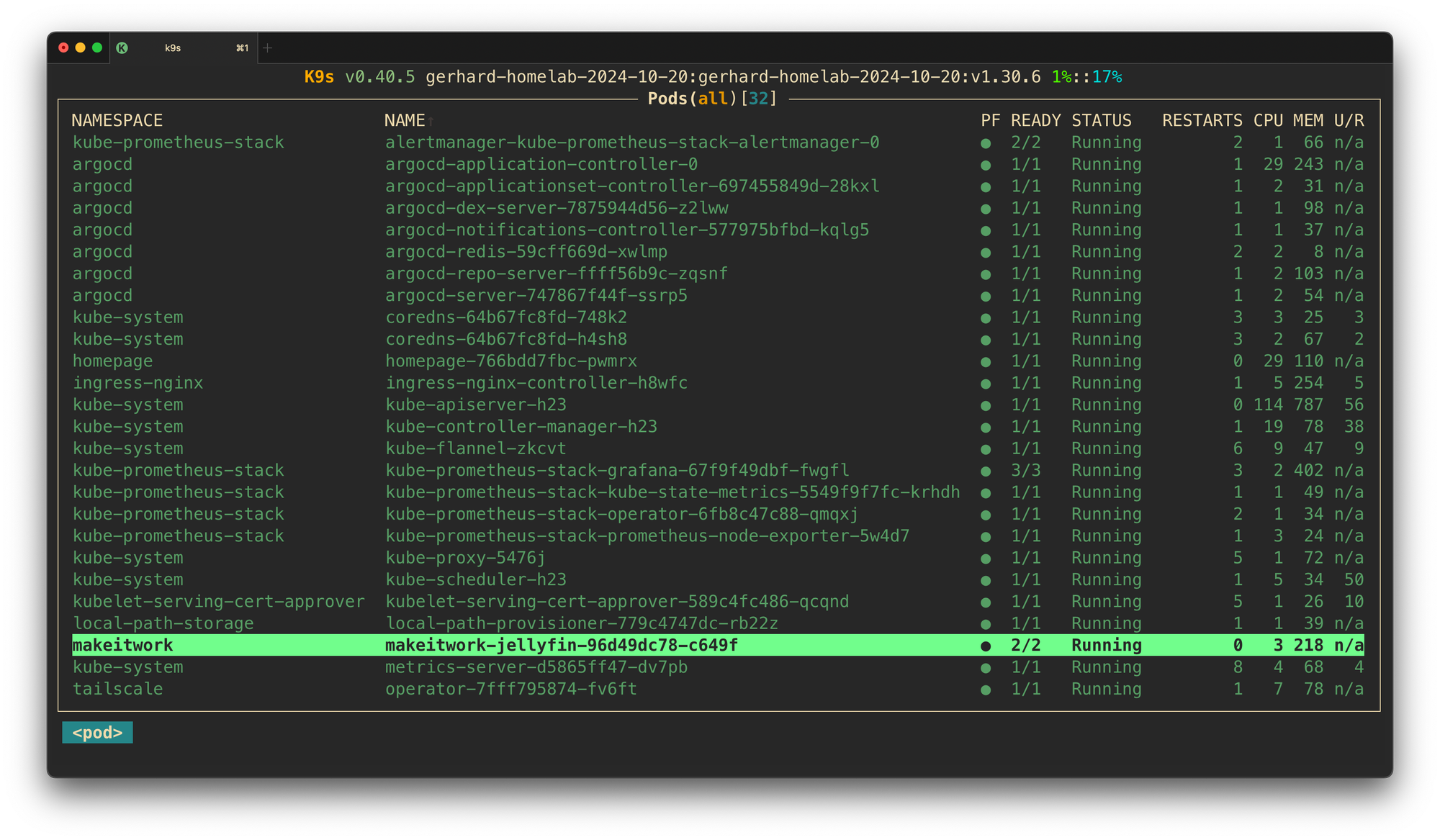
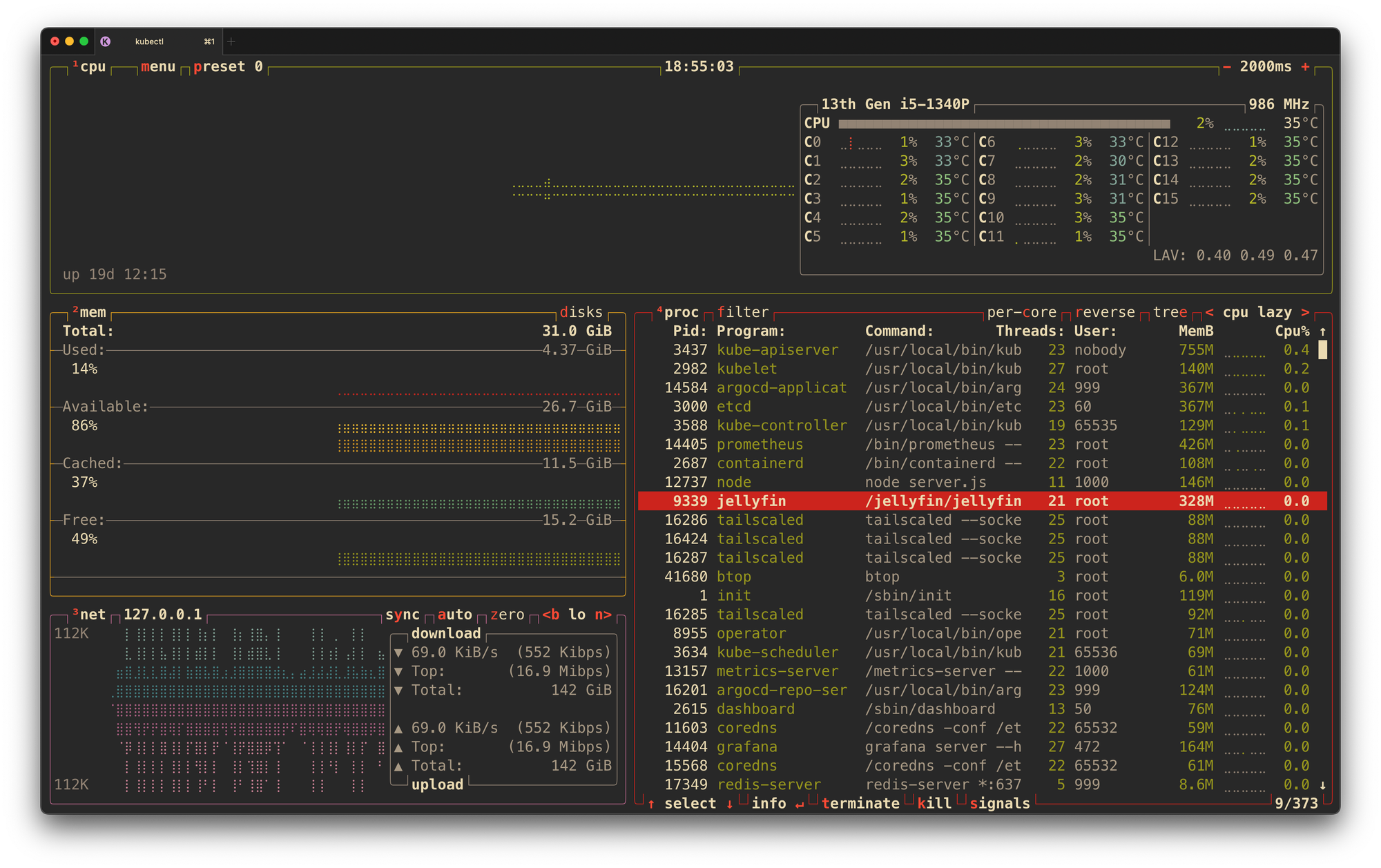
Key Take Aways
- Consistency wins. Working on this content almost daily was the best way to make progress effortless. Improving every day is most satisfying. Taking daily snapshots, and then looking over them gave me the same joy as climbing a tall mountain, with the odd stop to check on progress & direction.
- Ditching the self-imposed deadlines, and choosing to focus on calm & steady progress instead, made the whole experience
10xmore pleasant. Setting time-based goals resulted in frustration, especially when software or hardware failed. Given the 20-years long outlook, a week later makes no difference. - Good help is hard to find. As soon as I found it, progress became smoother. There are many stages required to take an original recording, and translate it into a few professional-looking YouTube videos, a podcast + a full video. Just fixing subtitles, which is such a tiny part, takes hours of work!
- Blackmagic Cloud is a decent way to collaborate with another editor. I tried Cloudflare R2 to begin with, and while it was simple, there were extra steps to jump through when synchronising changes. It works, but there was unnecessary friction.
- Publish YouTube videos before the final video is finished. Think of it like the trailer for a movie, before the movie comes out in cinemas.
- Keep a short backlog of recorded, unedited conversations - no more than two (2). More than that and conversations recorded in November will publish in March, which is not great for momentum & engagement.
- Avoid Windows. It's broken & bloated, and it will continue frustrating & nagging you to buy Copilot, Office 365 & OneDrive until you give in, or give up.
- Keep calm & publish the content that you want to see at least once per month. Ignore the voices in your head which keep telling you that it's not good enough. Ship it!
- Improve each new piece of content. This compounds and makes a huge difference year-on-year. Just compare my first video with the most recent one...
- Keep capturing the behind-the-scenes. It's fantastic to see the progress, and it makes writing these milestone posts easier. Improve by pausing, looking back at your trajectory, and reflecting on what will make it better. Implement those changes, then do it again. And again. It's such a good game!
As a bonus take away, it's worth finding & joining a small community of creators that are going through the same challenges & have a similar dream.
It took me a while to find my tribe, but after a full month, I'm glad I joined these ambitious bears:
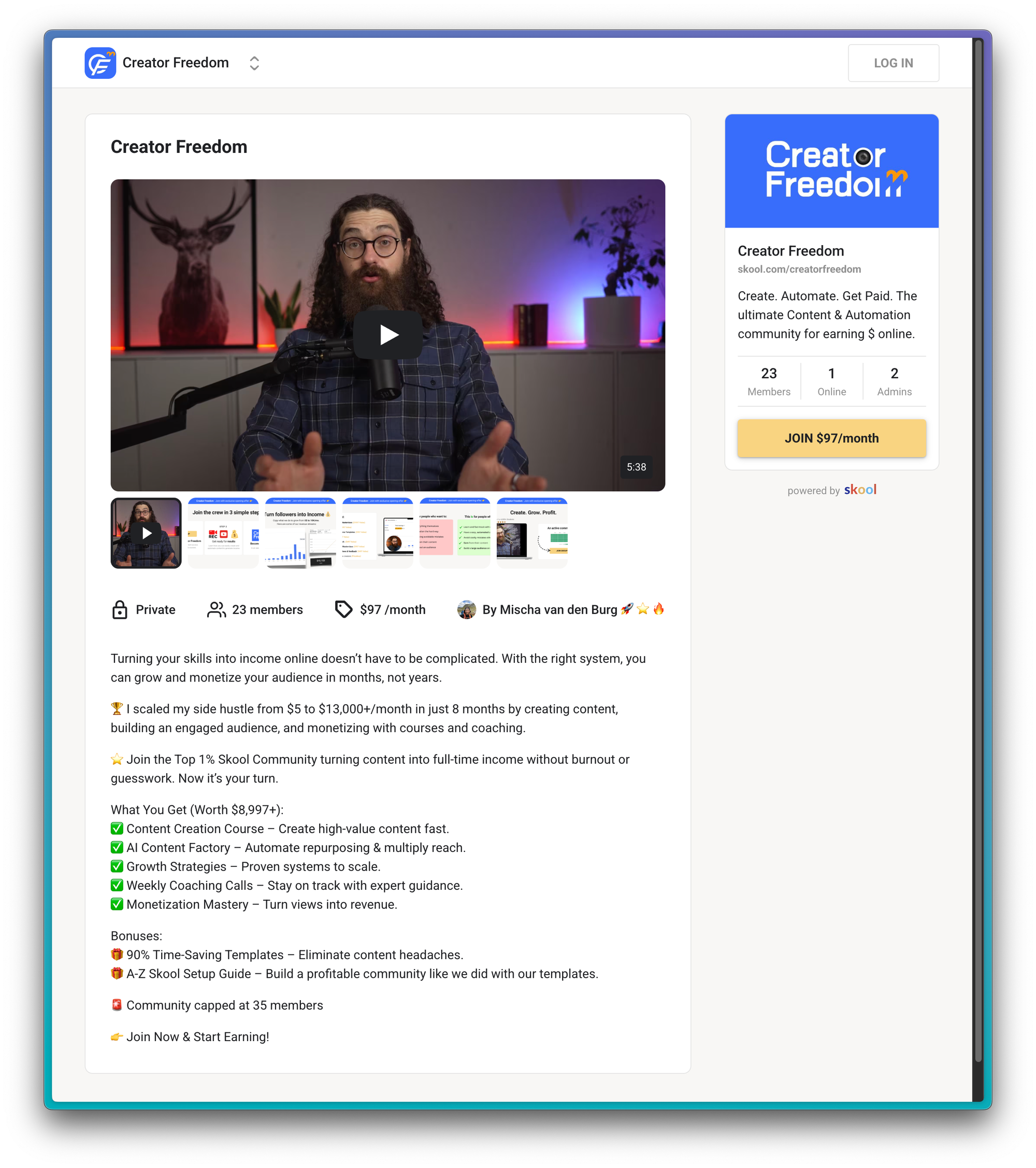
What's the plan for the second year?
Now that I have found my pace of one (1) video per month, I'm thinking 12 videos for 2025, and start connecting them to bigger milestones, such as launching Pipely.tech v1.0, a unique CDN adventure 🎢
The CI/CD story is taking an interesting turn towards AI & agents, and I am keen to capture some of it.
I have a bunch of homelab improvements that I want to share, starting with this B.A.M. - 👆 watch the video above to understand what that means - which is generating new content ideas and rekindling my love for observability. Throw in some WASM & AI, and this has the potential of becoming something that I can see myself investing a decade's worth of work into. It also happens to be the perfect complement to CI/CD + CDNs, since both need obsevability.
As I wrap up this post, I am curious about the things that you would like to see in the second year of Make it Work. Sign up (it only takes a minute) and leave a comment below.
Make it Work. Keep Improving.
p.s.: for those of you that like playing this game with me, drop a comment below if you spot the intentional typo on this page. I left it in there especially for you 🫵
p.p.s.: For those that don't know what I'm talking about, it's an engagement & attention experiment that I love to run.





